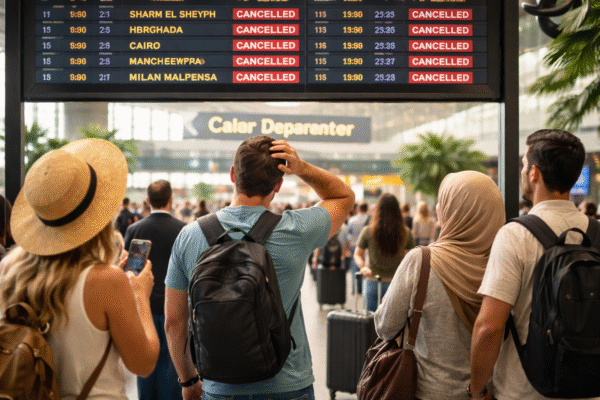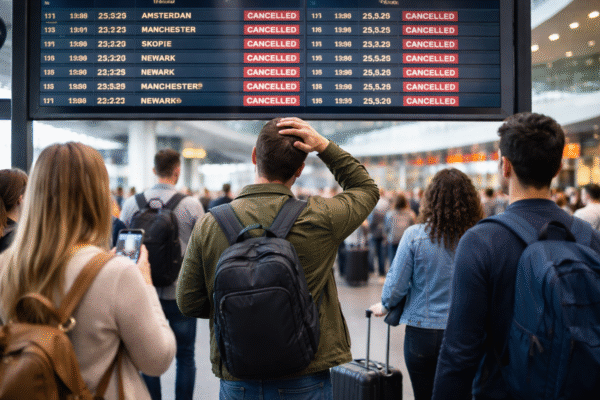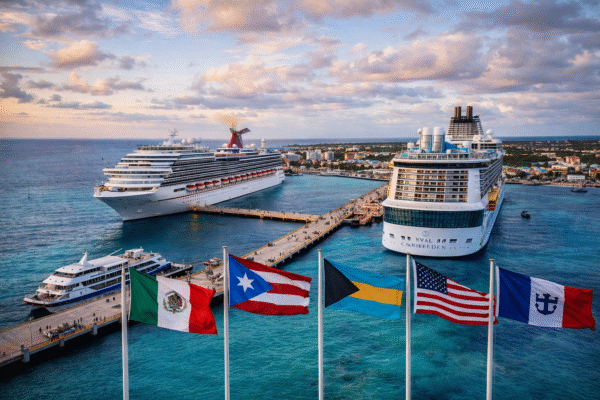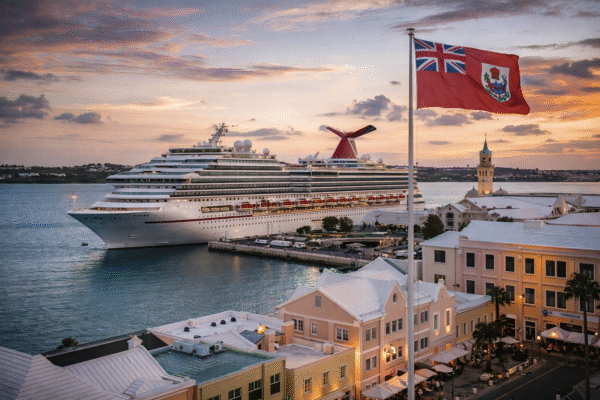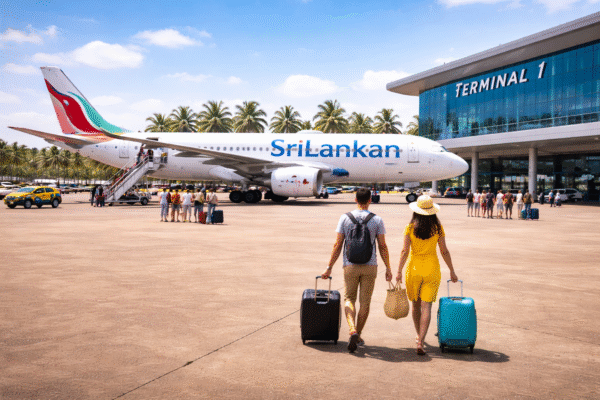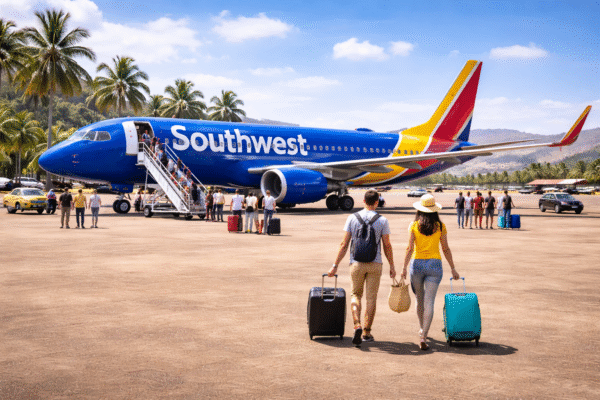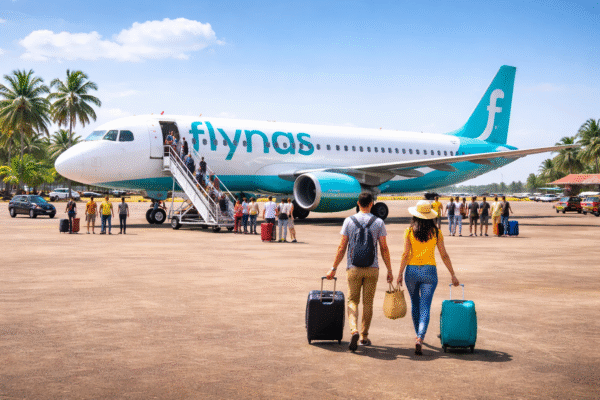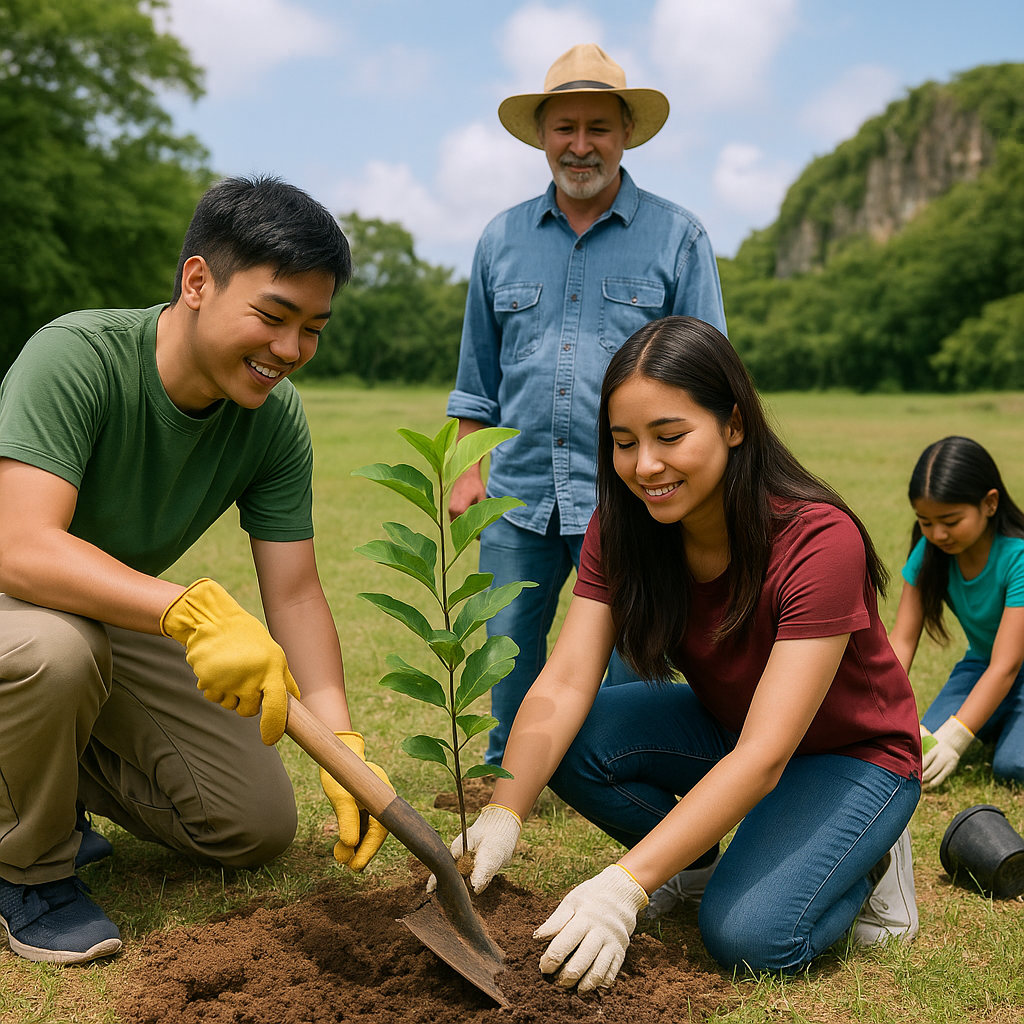The Marianas Pushes for Eco-Tourism Through Tree Planting, Joining Global Sustainability Leaders
The Marianas, a Pacific island destination known for its breathtaking beaches, limestone forests, and rich history, is stepping up its sustainable tourism strategy with a renewed focus on environmental conservation. At the heart of this push is a tree planting initiative, led by the Marianas Visitors Authority (MVA), aimed at preserving the islands’ lush landscapes and attracting eco-conscious travelers. This aligns the Commonwealth of the Northern Mariana Islands (CNMI) with international eco-tourism leaders such as Costa Rica, New Zealand, and Iceland.
Sustainability Meets Tourism Growth
A recent visitor exit survey conducted by the MVA highlighted a key insight: nature-based experiences are the top reason tourists visit the Marianas. In response, MVA Managing Director Jamika R. Taijeron emphasized that protecting the islands’ natural assets, especially trees, is crucial to maintaining and growing their appeal as a green destination.
“The Marianas has a solid reputation as a place where people reconnect with nature,” Taijeron noted. “We’re encouraging all our public and private sector partners to protect mature trees and plant new ones, not only for the environment but for the future of tourism.”
This effort reflects a growing trend: travelers worldwide are prioritizing sustainability and are willing to pay more for destinations that support green initiatives.
Community-Led Tree Planting on Rota and Tinian
In May, the islands of Rota and Tinian commemorated Marianas Tourism Month with hands-on sustainability actions. On May 20, MVA, in collaboration with the National Honor Society of Dr. Rita H. Inos Jr./Sr. High School, planted 17 fruit trees—such as mango, soursop, guava, and mulberry—near the historic Tonga Cave in Rota. The initiative is part of Rota Mayor Aubrey Hocog’s larger goal to plant 1,000 fruit trees, both as a conservation measure and a source of renewable community resources.
MVA’s Rota Acting Field Supervisor Dave Atalig praised the event as a teaching moment:
“These students learned the importance of conservation and proper tree planting techniques from DLNR experts. It’s an investment in our youth, our environment, and our tourism future.”
A few days later, on May 23, Tinian Elementary School students planted 80 coconut seedlings at the Tachibana Shinto Shrine, a historic landmark from the Japanese administrative era. MVA’s Tinian Field Operations Supervisor Vida Borja noted the enthusiasm of third-grade participants and the initiative’s dual purpose of environmental conservation and cultural heritage preservation.
A Global Movement: The Marianas Joins Costa Rica, Iceland, and New Zealand
Globally, countries like Costa Rica, New Zealand, and Iceland are setting the standard in sustainable tourism. Costa Rica has integrated rainforest preservation, renewable energy, and biodiversity protection into its tourism policies, drawing millions of nature-loving tourists annually. New Zealand emphasizes low-impact travel and conservation partnerships, while Iceland has committed to geothermal energy use, eco-lodging, and carbon-neutral tourism experiences.
By planting trees and preserving native ecosystems, The Marianas is following in the footsteps of these pioneering destinations. This alignment strengthens the region’s international appeal and presents a compelling narrative for travelers seeking authentic, environmentally responsible experiences.
Why Tree Planting Matters to Tourism
Tree planting is more than an act of conservation; it has direct and indirect economic benefits. Trees prevent erosion, enhance the aesthetic appeal of tourist sites, support local agriculture, and provide habitats for endemic species. They also help in climate mitigation by absorbing CO₂, which is particularly vital for island nations vulnerable to climate change.
According to UNWTO data, 70% of global travelers now factor sustainability into their travel decisions. This marks a significant shift in travel behavior—and a valuable opportunity for destinations like the Marianas to strengthen their market positioning.
Expanding Sustainability Efforts Across Tourism
While tree planting is a visible and effective first step, MVA sees room for broader sustainable development in the tourism sector. This could include:
- Waste reduction and recycling initiatives at major tourist attractions
- Encouraging hotels and resorts to adopt energy-efficient practices
- Promoting locally sourced food and handicrafts to reduce carbon footprints
- Launching educational programs to guide tourists on responsible behavior
These efforts would complement the islands’ natural appeal, helping to create a low-impact, high-value travel experience for global visitors.
A Vision for the Future
As global awareness around sustainability deepens, The Marianas is wisely leveraging its natural strengths to prepare for the future. MVA’s ongoing collaboration with local schools, government offices, and environmental experts signals a community-driven approach to tourism growth.
By focusing on nature, culture, and sustainability, The Marianas is not only preserving its identity but actively shaping it for the next generation of travelers. The planting of each tree today is a step toward a thriving, resilient, and sustainable tourism industry tomorrow.
Conclusion: A Green Commitment in Paradise
From fruit trees in Rota to coconut palms in Tinian, The Marianas is cultivating more than just greenery—it’s cultivating a model for eco-friendly island tourism. With inspiration from global leaders like Costa Rica, New Zealand, and Iceland, the CNMI is reinforcing its position as a top destination for travelers who care deeply about the environment.
As climate change, environmental degradation, and overtourism become pressing concerns worldwide, the Marianas’ proactive embrace of sustainability is not only timely—it’s visionary.
For more travel news like this, keep reading Global Travel Wire





